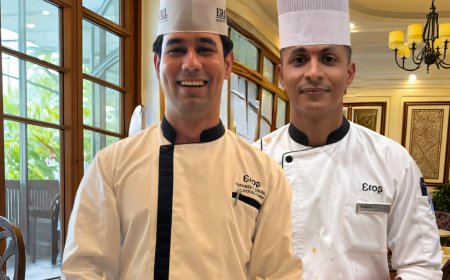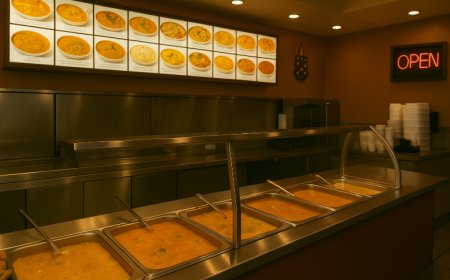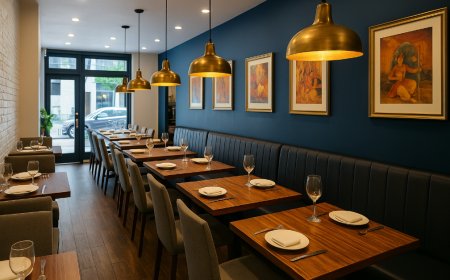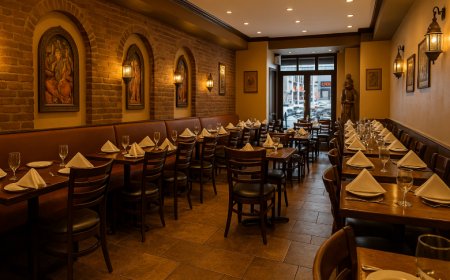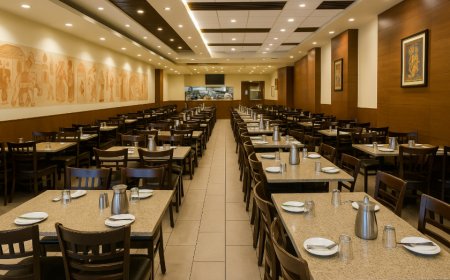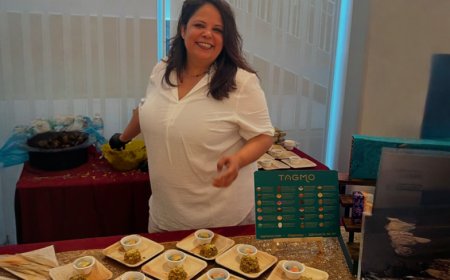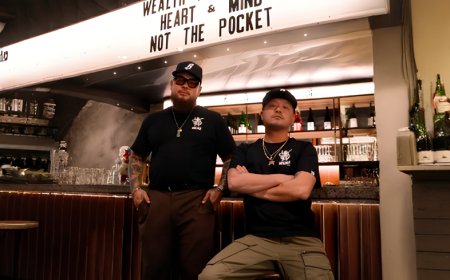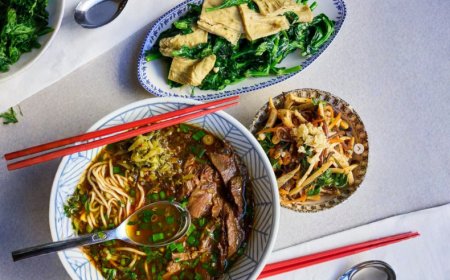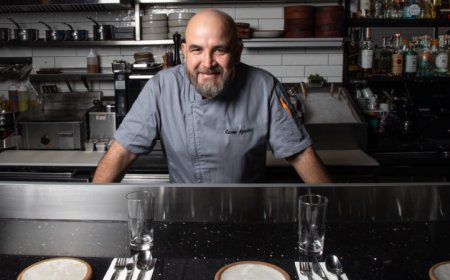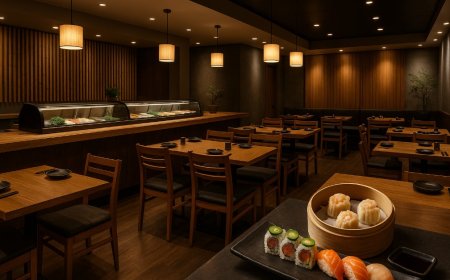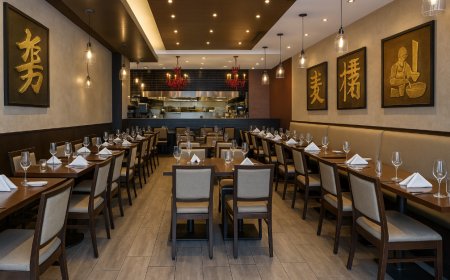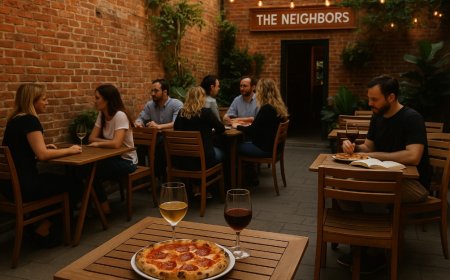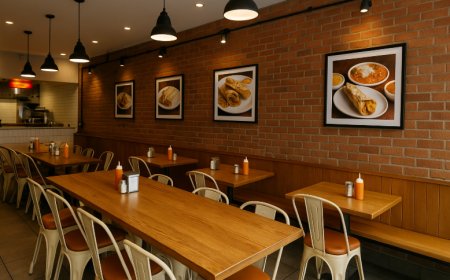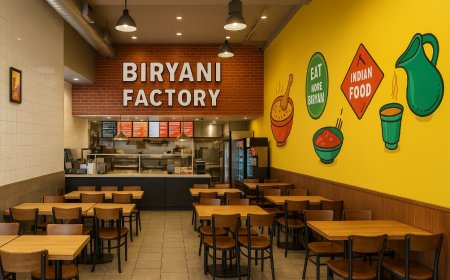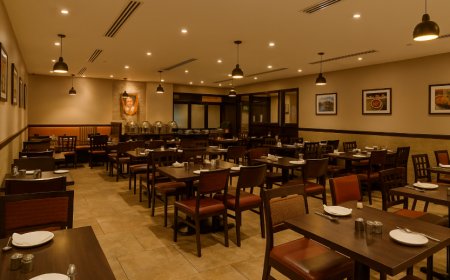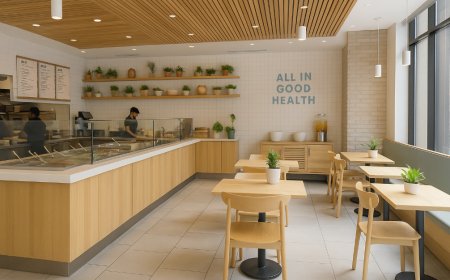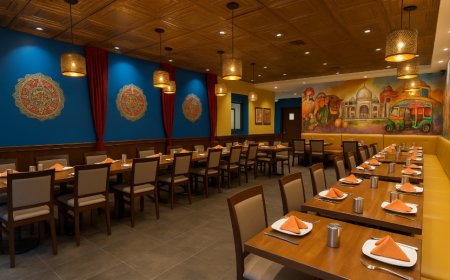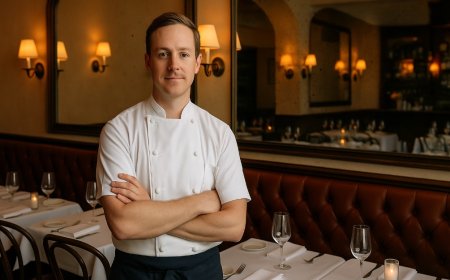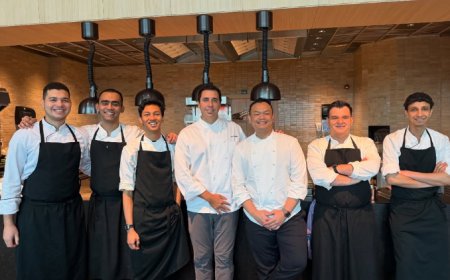Atoboy: Elevating Banchan and Redefining Korean Dining in New York City
Discover how chefs Ellia and Junghyun Park transformed banchan from overlooked side dishes into a celebrated fine dining experience at Atoboy in New York City.
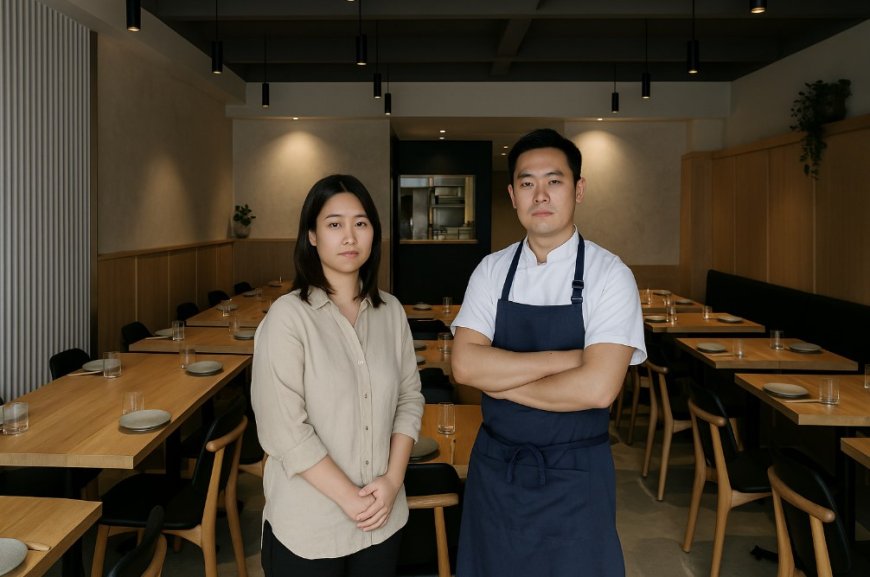
A Modern Ode to Banchan: How Atoboy Rewrote Korean Dining in NYC
In the ever-evolving food scene of New York City, certain restaurants don’t just open—they shift paradigms. Atoboy, founded in 2016 by husband-and-wife duo Junghyun “JP” Park and Ellia Park, did exactly that. Nestled in the Flatiron District, the restaurant introduced a thoughtful reimagining of banchan, the small, flavorful side dishes central to Korean meals—treating them not as free table fillers, but as the core of a progressive, fine-casual dining experience.
While banchan is a familiar element to many Americans who frequent Koreatown staples, it has rarely received the spotlight it deserves. JP and Ellia Park envisioned Atoboy as a platform to educate, refine, and celebrate this foundational part of Korean cuisine, placing it at the center of a modern, multicourse menu.
The result is a restaurant that feels at once intimate, inventive, and culturally profound—one that challenges diners to rethink what Korean food can be.
The Story Behind the Concept: A Cross-Continental Culinary Awakening
Before launching Atoboy, the Parks brought with them a breadth of global experience and a nuanced understanding of hospitality. Chef Junghyun Park, often known as JP, trained under chef Yim Jung-sik—widely regarded as a pioneer of Korean fine dining—and led the kitchen at the New York outpost of Jungsik, a Michelin-starred institution.
His culinary journey, however, wasn’t limited to Korea. He also honed his skills in Melbourne and London, working at acclaimed establishments like The Ledbury, known for its elegant European fare and minimalist finesse. These experiences helped shape his refined, globally influenced Korean aesthetic.
Meanwhile, Ellia Park developed her career in the front of house at celebrated NYC spots such as Maialino and Noreetuh, where she cultivated a deep sensitivity to service, wine, and guest experience.
Their collaboration as chef and restaurateur emerged from a shared desire to redefine the Korean dining narrative in the United States. While Korean barbecue and hot pots dominated the American landscape, dishes rooted in daily home meals—particularly banchan—had not been explored with the same reverence or creativity as, say, Spanish tapas or Italian antipasti.
Atoboy set out to fill that gap, and in doing so, elevated the humble banchan into a sophisticated, course-driven format.
A Chef’s Culinary Philosophy: Structure, Heritage, and Evolution
At the heart of Atoboy is a deep respect for Korean culinary tradition, but JP’s philosophy is not about replication—it’s about reinterpretation. He approaches banchan not as relics of the past but as living, evolving dishes, guided by structure yet open to reinterpretation based on seasonality, technique, and cultural exchange.
Korean banchan traditionally fall into structured categories:
-
Namul: seasoned vegetables, akin to cold salads
-
Jorim: ingredients simmered in sauces or broths
-
Jeon: savory pancakes or battered items
-
Kimchi: fermented vegetables, often spicy and acidic
JP uses these forms as building blocks—then reshapes them with global inspiration and modern technique. A namul might be infused with miso for added umami. A jorim could incorporate seafood rarely seen in Korean home kitchens but prized in Nordic or Japanese cuisine. Texture, plating, and ingredient sourcing are all considered with fine dining precision.
What Makes the Menu Special: Korean Small Plates with Fine Dining Technique
Atoboy’s menu format is both simple and revolutionary. Diners choose three banchan-style dishes, one from each section of a rotating seasonal menu, followed optionally by a supplemental protein or main.
Past menu favorites have included:
-
Sunchoke with Perilla and Garlic Chips – earthy and crisp, layered with herbaceous notes
-
Squid Jorim – braised delicately in soy-based broth, garnished with shiso and citrus
-
Kohlrabi Jeon – a reinvention of the Korean pancake using thinly sliced vegetables, crisped and topped with anchovy aioli
-
Crispy Chicken with Gochujang Sauce – a cult favorite, combining American comfort with spicy Korean glaze
The beauty of the menu lies in its restraint. Each dish is composed with clarity—nothing overdone, nothing ornamental for ornament’s sake. Every element has a role to play in highlighting core Korean ingredients while making them accessible to modern palates.
Atoboy also offers wine pairings and nonalcoholic options that respect the depth and complexity of Korean food, a nod to Ellia’s front-of-house vision. Natural wines, soju cocktails, and fermented teas often round out the meal.
The Space: Minimalism Meets Community
Atoboy’s interior reflects its culinary ethos: clean lines, natural materials, and subtle elegance. The restaurant design, like the food, emphasizes restraint and balance. Wood, concrete, and muted tones frame the dining room, creating an atmosphere that feels serene yet social.
Long communal tables foster a sense of shared experience, aligning with the cultural values embedded in Korean family-style dining. Yet the plating and pacing encourage individual reflection, making each course feel deeply intentional.
The space mirrors the duality of the Parks' concept: communal, yet personal; traditional, yet modern.
Why Atoboy Matters: Reclaiming and Reimagining a Culinary Identity
In today’s dining culture, where global cuisines are often diluted for mass appeal, Atoboy stands as a corrective—a restaurant that dares to educate without condescension, to elevate without erasure.
It does what few others have: gives everyday Korean dishes the aesthetic and conceptual platform they deserve. While “banchan” may have once been a side note on Korean menus, at Atoboy, it is the headline act.
The restaurant has helped catalyze a broader reevaluation of Korean food in the U.S.—inspiring other chefs to explore heritage through innovation, and proving that dining formats rooted in cultural tradition can still be vehicles for modern luxury and artistry.
Conclusion: Atoboy Is a Tribute to Tradition, a Vision of the Future
In a city known for its constant reinvention, Atoboy feels like a timeless anchor—rooted in culture, elevated by technique, and delivered with heart. What Ellia and Junghyun Park have built is more than a restaurant. It’s a platform, a celebration, and a deeply personal project that invites diners to see banchan—and Korean cuisine—through a new lens.
What's Your Reaction?
 Like
0
Like
0
 Dislike
0
Dislike
0
 Love
0
Love
0
 Funny
0
Funny
0
 Angry
0
Angry
0
 Sad
0
Sad
0
 Wow
0
Wow
0
